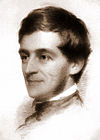
Ralph Waldo Emerson was an American essayist, lecturer, philosopher, and poet who led the transcendentalist movement of the mid-19th century. He was seen as a champion of individualism and a prescient critic of the countervailing pressures of society, and he disseminated his thoughts through dozens of published essays and more than 1,500 public lectures across the United States.

Lyn Hejinian is an American poet, essayist, translator and publisher. She is often associated with the Language poets and is known for her landmark work My Life, as well as her book of essays, The Language of Inquiry.
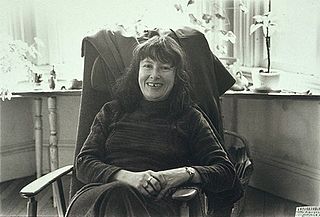
Priscilla Denise Levertov was an American poet. She was a recipient of the Lannan Literary Award for Poetry. Levertov's 'What Were They Like?' is currently included in the Pearson Edexcel GCSE (9–1) English Literature poetry anthology, and the Conflict cluster of the OCR GCSE (9-1) English Literature poetry anthology, 'Towards a World Unknown.'
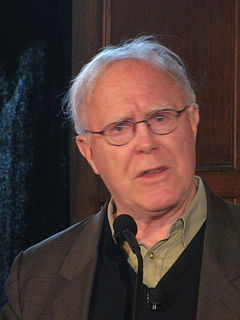
Robert L. Hass is an American poet. He served as Poet Laureate of the United States from 1995 to 1997. He won the 2007 National Book Award and shared the 2008 Pulitzer Prize for the collection Time and Materials: Poems 1997–2005. In 2014 he was awarded the Wallace Stevens Award from the Academy of American Poets.

"Self-Reliance" is an 1841 essay written by American transcendentalist philosopher and essayist Ralph Waldo Emerson. It contains the most thorough statement of one of Emerson's recurrent themes: the need for each individual to avoid conformity and false consistency, and follow his own instincts and ideas. It is the source of one of Emerson's most famous quotations: "A foolish consistency is the hobgoblin of little minds, adored by little statesmen and philosophers and divines." This essay is an analysis into the nature of the “aboriginal self on which a universal reliance may be grounded.” Emerson emphasizes the importance of individualism and its effect on an individual's satisfaction in life. He stresses that anyone is capable of achieving happiness, simply if they change their mindset. Emerson focuses on seemingly insignificant details explaining how life is "learning and forgetting and learning again".
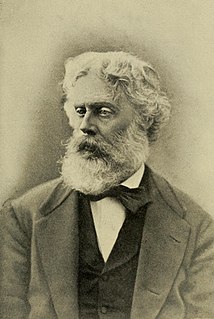
Christopher Pearse Cranch was an American writer and artist.
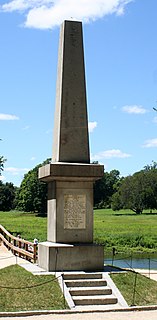
"Concord Hymn" is a poem by Ralph Waldo Emerson written for the 1837 dedication of the Obelisk, a monument in Concord, Massachusetts, commemorating the Battle of Concord, the second in a series of battles and skirmishes on April 19, 1775, at the outbreak of the American Revolution.
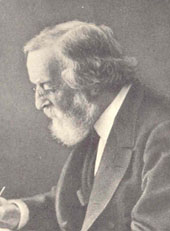
James Freeman Clarke was an American theologian and author.
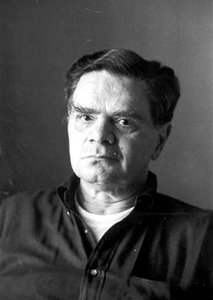
James Marcus Schuyler was an American poet. His awards include the Pulitzer Prize for Poetry for his 1980 collection The Morning of the Poem. He was a central figure in the New York School and is often associated with fellow New York School poets John Ashbery, Frank O'Hara, Kenneth Koch, and Barbara Guest.
Mary Jane Oliver was an American poet who won the National Book Award and the Pulitzer Prize. In 2007 The New York Times described her as "far and away, this country's best-selling poet."

The Old Manse is a historic manse in Concord, Massachusetts, United States famous for its American historical and literary associations. It is open to the public as a nonprofit museum owned and operated by the Trustees of Reservations. The house is located on Monument Street, with the Concord River just behind it. The property neighbors the North Bridge, a part of Minute Man National Historical Park.

Rhododendron canadense, the rhodora or Canada rosebay, is a deciduous flowering shrub that is native to northeastern North America.
Clark Coolidge is an American poet.

Jones Very was an American poet, essayist, clergyman, and mystic associated with the American Transcendentalism movement. He was known as a scholar of William Shakespeare and many of his poems were Shakespearean sonnets. He was well-known and respected amongst the Transcendentalists, though he had a mental breakdown early in his career.
Nationality words link to articles with information on the nation's poetry or literature.

The Ralph Waldo Emerson House is a house museum located at 18 Cambridge Turnpike, Concord, Massachusetts, and a National Historic Landmark for its associations with American philosopher Ralph Waldo Emerson. He and his family named the home Bush. The museum is open mid-April to mid-October; an admission fee is charged.
Oracular literature, also called orphic or prophetic literature, positions the poet as a medium between humanity and another world, sometimes defined as supernatural or non-human.
Meditative poetry combines the religious practice of meditation with verse. It occurs in many cultures, especially in Asian, European and Hindu cultures. Especially Buddhist and Hindu writers have developed extensive theories and phase models for meditation.

"Success is counted sweetest" is a lyric poem by Emily Dickinson written in 1859 and published anonymously in 1864. The poem uses the images of a victorious army and one dying warrior to suggest that only one who has suffered defeat can understand success.

Samuel Gray Ward was an American poet, author, and minor member of the Transcendentalism movement. He was also a banker and a co-founder of the Metropolitan Museum of Art. Among his circle of contemporaries were poets and writers such as Ralph Waldo Emerson and Margaret Fuller who were deeply disappointed when Ward gave up a career in writing for business just before he married.
















